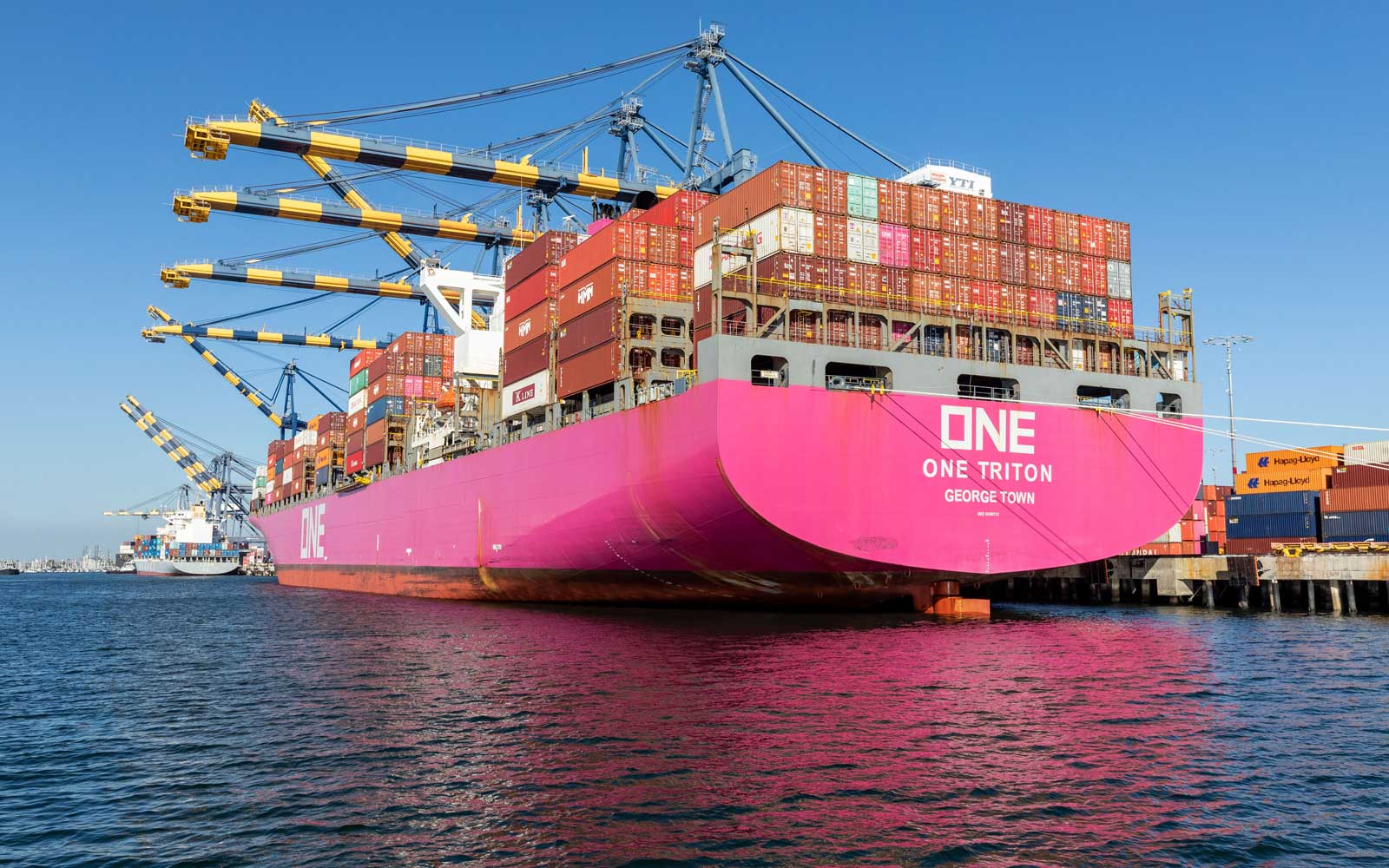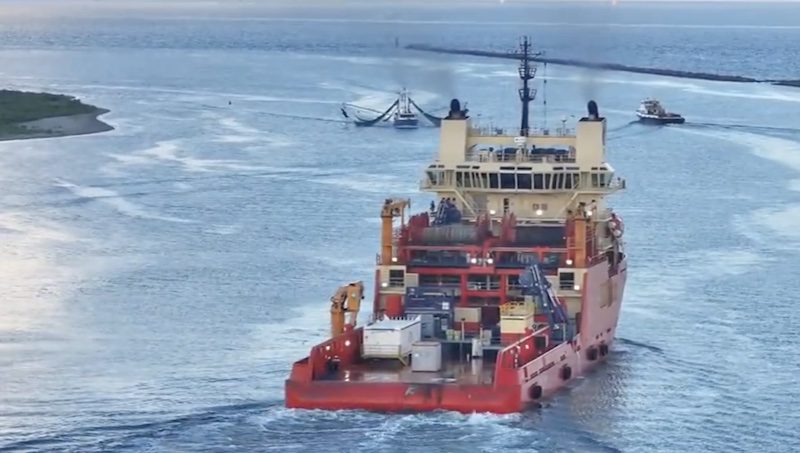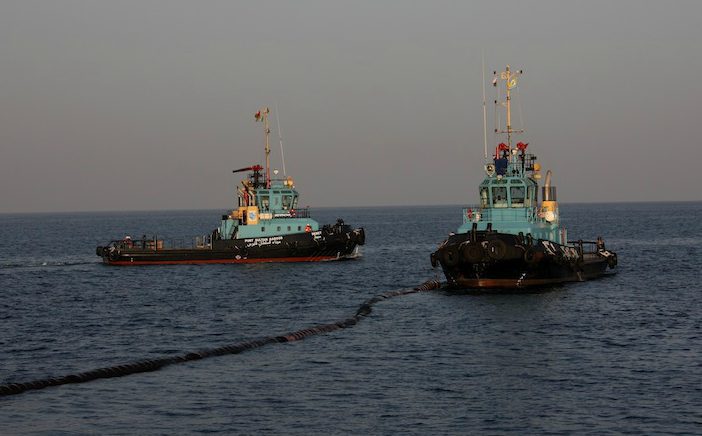By Mike Wackett
Import container throughput at the San Pedro Bay ports of Los Angeles and Long Beach is booming, with the neighbour facilities reporting year-on-year growth of 19% and 23.5%, respectively, for January.
The spike in demand for Asia-US west coast services, partly driven by Panama Canal transit restrictions, the Red Sea crisis and looming labour contract negotiations on the east coast, has encouraged ocean carriers to deploy extra loaders – and in the case of ONE and Wan Hai, to launch a new joint service, the Asia Pacific 1 (AP1).
ONE MD Yu Kurimoto said the launch “emphasises the significance of the transpacific market in ONE’s global network”.
The Japanese carrier’s cooperation with Taiwan’s Wan Hai, outside its vessel-sharing agreement with THE Alliance, will fuel speculation about the strategy of THEA members after the departure of lead line Hapag-Lloyd next year.
According to eeSea data, ONE currently offers four sailings a week from Asia via its transpacific south loops within THEA, with one service remaining suspended as part of a winter capacity management programme.
Meanwhile, LA’s six container terminals handled 855,652 teu last month, the port’s second-best start to a year on record, pipped only by the 2022 pandemic cargo surge.
Although imports reached 441,763 teu, Port of Los Angeles executive director Gene Seroka said the impact on volumes from the Panama Canal and Red Sea disruptions had been “limited”.
“It’s not a deluge, but we are seeing a bit of an uptick,” he said.
In fact, Mr Seroka said, there were two other factors driving the strong start to the year: “First, cargo owners have been replenishing inventories and moving goods at a fast clip ahead of the lunar new year holiday, which will slow production in Asia.
“Second, consumer spending and mostly strong economic data continue to accelerate the American economy,” he said, quoting a 4% jump in holiday sales and strong job growth in the US.
“Right now we are running at about 70% to 80% of capacity…so, for those companies that need assistance, we are here and we are ready.”
Loaded exports at LA came in at 126,554 teu, representing a 23% increase on January last year, while the port handled 287,336 teu of empty containers, 14% more than in 2023.
Over at Long Beach, the port handled 674,015 teu in January, a 17.5% increase on the same month of 2023, marking the fifth consecutive monthly increase after 13 straight months of declines.
Its terminals received 325,339 teu of import containers, as retailers restocked their warehouses after the holiday sales.
However, exports were down 18.1% on the prior year, at 86,525 teu, and the number of empty containers moved through the port was up 28%, to 262,151 teu, as carriers evacuated more equipment back to Asia.
“We are ready to grow our volumes and hope to see continued growth through 2024 as we gradually recapture market share,” said CEO Mario Cordero.
(c) Copyright Thomson Reuters 2024.
Unlock Exclusive Insights Today!
Join the gCaptain Club for curated content, insider opinions, and vibrant community discussions.

 Join The Club
Join The Club













